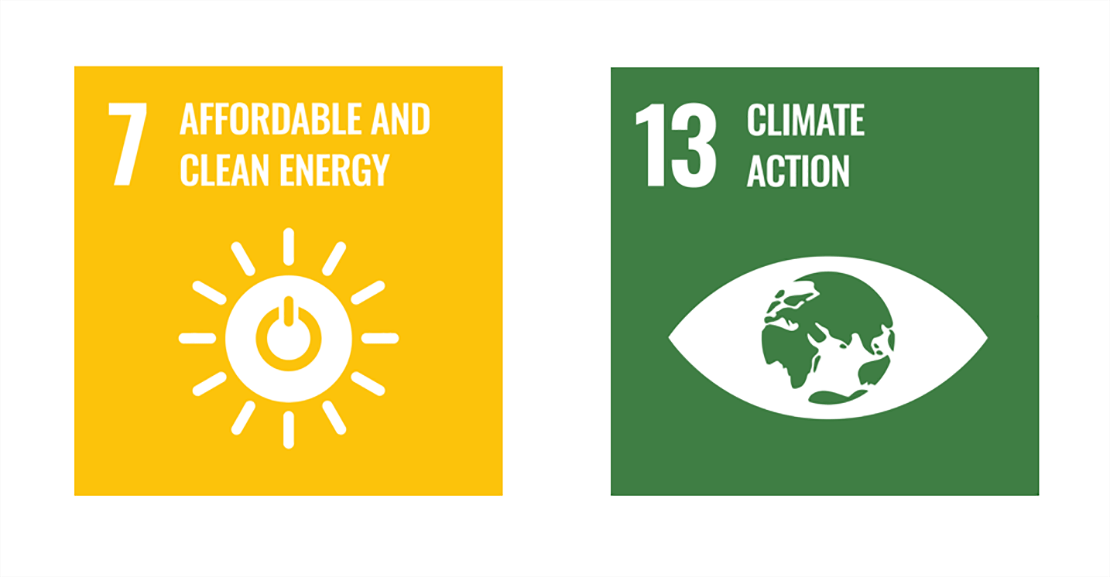
Our Climate-Smart Technology
THE EFFICIENT CLIMATE SMART AND VERSATILE HYDRO ELECTRIC GENERATION TECHNOLOGY
The Efficient Climate-Smart and Versatile Hydropower Generation Technology (EB Climate-Smart Power Technology) is an innovation which makes possible the efficient generation of quality electricity in a sustainable way, regardless of the time of day and month in a year, not only, as compared to the already existing hydropower plant technology, but also, to other electricity generating methods like those using wind and solar power, among others.

The EB Climate-Smart Energy Technology provides unique innovation of dispatchable power and a reliable energy storage system. The EB Climate-Smart Energy Technology is an innovation that makes possible the reuse of water aided by the creative design and positioning of multiple water reservoirs/tanks, that innovatively harnesses Pascal’s hydraulic principles and the hydrostatic law, among other science and engineering principles.
This technology employs an innovative integration of multiple designs of power generation and transmission mechanisms, that allows for intelligent power plant space maximisation and adaptability to versatile needs and locations, including; mobile vessels, high-rise buildings and carbon-neutral smart cities. Technology will revolutionise how we build, produce food, work and live.
This innovation is a giant step for the realisation of the UN’s SDG 7 (Ensure access to affordable, reliable, sustainable and modern energy for all) and the aspiration of the PARIS agreement on Climate Change mitigation through clean energy generation technologies.
THE ADVANTAGES OF OUR TECHNOLOGY
- The design configuration of the new technology makes it possible for location almost anywhere in the world. Can be placed underground or above ground.
- The technology can easily be scaled from 6KW to 5000 KW (5MW) single units. To create 1000MW for a city or country, 200 units of 5MW each can be constructed and interconnected or simply located in specific load centres, thereby cutting costs on power transmission infrastructure installation and maintenance. This also reduces significantly energy loss through transmission.
- The new technology has no significant negative impact on the social and natural environment. The technology comes in a configuration that can easily be integrated into the existing infrastructure and human settlement. No need for flooding and dam creation over an existing natural water body like a river or stream.
- The EB Climate-Smart Energy Technology can be relied upon for generation of electricity of consistent quantity and quality at a better price, throughout the year. Can be custom made to power a cold room, house, school, office block, shopping mall, factory or a mine. Can be connected to the national grid and scaled up as many unites which are interconnected. The majority of the expensive components can be engineered to last for over 40 years as long as usual maintenance of electromechanical equipment is adhered to. This technology design concept borrows and continues the key strengths such as durability of the existing hydro electric power plants technology as regards long life span of the electromechanical equipment and the structural integrity. The infrastructure can last from 30 -70 years depending on version.
- The only natural resource for energy generation in this technology, is water, allowed to fall over a height before driving the turbines connected to electrical power generators and this water is only feed into the reservoirs once and keeps being recirculated.
- User friendly, in terms of operation and maintenance due to the simplistic design. The design accommodates manual and or automatic operation ( Can be operated remotely from anywhere in the world by a computer or mobile phone via internet). Sits well with today’s and tomorrow`s digital intelligence technologies in both construction, operation and maintenance aspects. Anyone who can use a phone or can put any switch off and on in the home, can operate the Ernest Bwalya climate smart hydropower plant 4.0.
- Short construction time (1 to 4 weeks / 1MW). This is an extreme game changer in terms of; economics and immediate benefit to society and faster mitigation of climate change impacts, considering that the rival 1MW hydropower technology can take up to 5 years to come into operation ( feasibility studies, compliance requirements +construction ). 1 MW of the EB climate smart hydropower plant can be built under US$5 M while the conventional hydro ranges from 7-12 M US$ / MW.
TECHNICAL DATA AND POTENTIAL IMPACT OF THE NEW TECHNOLOGY ON KEY GLOBAL THEMES SUCH AS THE UN’S SDG
Universal access to affordable, quality, reliable, sustainable and modern clean energy, is a need that has not been meet since the dawn of time and it remains a major global challenge for the next 100 years, unless brilliant minds and hearts innovate and commercialize simple, but revolutionary clean energy generation technologies such as the Ernest Bwalya climate smart hydropower plant. I have two patents and two more in the process of completion. The patents are in the category of climate smart energy and water systems. Have created a less than 500w portable functional proof of concept prototype. Working on creating 7 x 1MW with a budget of US$ 35 Million in a years period as part of ongoing technology marketing and commercialization. Plan to install units amounting to 30GW in Africa by 2030 through licencing and other strategic partnership means. Installations outside Africa through licencing and other smart strategic collaborations / partnerships are planned to be over 130 GW by 2030 and over 700 GW by 2050. The grand vision is all about playing a significant role in creating a better world for all. We don’t see barriers & complex problems, but great opportunities for growth & doing good to all in the best way possible.
The innovation employs several power generation subsystems, all of them working independently or in synchronicity. This configuration ensures consistent power generation amount and quality, even under maintenance times or during system failure of one or several subsystems. The innovation crosses the boundaries of electrical, electronic, mechanical, civil and environmental engineering disciplines, in its design and operational concept. The innovation has a scalable and modular unit design concept that makes it easy for both small and large scale deployment. Large scale success through mass production and commercialisation will in the long run play a key role in stimulation of sustainable development through sustainable generation of electrical power for any social event or location, be it for a single party, the home or institutions like; school or economic activity such as; manufacturing, mining, agriculture or a community-political division such as constituency or district. The present innovation can work as an off grid or can be connected to the national power grid. The present innovation is designed to fit in the eco design and circular economy. The technology internal logic concept is made with the understanding that decisions made at the design stage greatly influences what happens during the use and end-of-life phases, not only as relates to energy consumption, but also as regards, life span, maintenance, repair, upgrade, recycling or waste handling. The present innovation has a design strategy to be a typical example of meeting the circular economy and environmental sustainability objectives. The technology will play a significant role in the next wave of sustainable industrial and social progress of people by aiding the production and supply of affordable, reliable and clean energy. The technology will be a game changer in the transition to cleaner energy sources.
With appropriate harnessing of the present innovation decarbonisation of power grid of the worlds greatest economies will be made easier. Some countries have set complete decarbonisation of the power grid by 2040 while others by 2050. 2040 or 2050 could be too late for negative impacts of climate change and business sustainability. With this innovation, it will be possible for most countries to; decentralize and decarbonize their energy systems before 2030, thereby contributing immensely to the realisation of the 12 ( SDGs:1, 2, 3, 6, 7, 8, 9, 11, 12, 13, 15 and 17) out of the 17 United Nation’s 2030 sustainable goals.
